Last updated 05 April 2024
Wae Rebo is a small village of the Manggarai ethnic group. Its traditional house called “Rumah Niang” or “Mbaru Niang” which is conical in shape has succeeded in attracting foreign and local tourists to visit.
About Wae Rebo Village
Flores Island offers more than just natural beauty. Wae Rebo is a traditional isolated village at an altitude of 1,100 meters above sea level, surrounded by mountainous terrain and lush jungle.
Wae Rebo is located in the district of Manggarai, East Nusa Tenggara. This village received the Top Award of Excellence from UNESCO and the UNESCO Asia Pacific Heritage Awards in 2012.
Wae Rebo was recognized for its rebuilding of the traditional Mbaru Niang, a traditional house built from the spirit of community cooperation towards a sustainable tradition while improving the lives of village residents.
History of Wae Rebo Village
Empu Maro, who built the village some 100 years ago, is the founder and ancestor of the people. Under the protection of a friendly spirit, he led his tribe into the highlands of Flores. Currently, the residents are his 18th-generation descendants.
The local government started the development of Wae Rebo as a tourism destination in 1997. Their investment went into the construction of two Mbaru Niang houses. A group of 15 architects from Jakarta renovated the remaining Mbaru Niang houses in 2008 with the support of the community and local government.

How to Get There
Please note that the journey to Wae Rebo village can be quite challenging due to its remote location and difficult accessibility. The journey involves a domestic flight to the nearest airport, a road trip, and trekking. Having a clear understanding of the step-by-step to get to Wae Rebo can simplify your journey. Here is the complete guide to get to Wae Rebo from your location.
1. Plane Trip to Labuan Bajo
The first step, you must be heading to the nearest airport, Komodo Airport in Labuan Bajo, East Nusa Tenggara. You can book flights to Komodo Airport from several major cities in Indonesia, such as Denpasar, Jakarta, Surabaya, or Kupang. It only takes approximately 2 hours from Jakarta Airport [CGK] and 1 hour to 1 and a half hours from Surabaya [SUB], Denpasar [DPS], and Kupang Airport [KOE].
Note! Ticket prices vary and are subject to change depending on the season and the airline you choose.
2. Road Trip to Denge Village
After arriving in Labuan Bajo, you can rent either a car or scooter to reach Denge Village, which is the closest village to Wae Rebo. It will take about 4 to 5 hours to get there by driving. If you decide to go on this adventure, make sure you are very good at riding a scooter. Several roads are unpaved, steep, made entirely of huge stones with large gaps between them, or they lead through rivers.

3. Trekking to Wae Rebo Village
Once you arrive at Denge Village, you must connect your journey to the first checkpoint. You can reach the first checkpoint by taking Ojek, which means a motorcycle taxi that will cost you around IDR 100,000 or USD 6.39.
Once you have reached the first checkpoint, you will have to trek to Wae Rebo. This is the last part of the journey and will take around 2 to 3 hours. Before trekking, make sure you’re in good condition and have your equipment with you, such as trekking shoes, and water, and bring your backpack instead of a suitcase for easier trekking. You don’t need a guide to go there because the trail to Wae Rebo is a single track with a very small to no chance of getting lost in the forest.
Tourist Attraction
Wae Rebo is a traditional village, far from anywhere, there is no supermarket or even small shops nearby.
Should you plan to go there, you may want to prepare some snacks and travel essentials before going there. Although this village is isolated from the outside, Wae Rebo offers these tourist attractions:
1. Rumah Niang / Mbaru Niang
A unique feature of Wae Rebo is its tall, conical houses called Mbaru Niang; the roof and entire house is covered with lontar thatch. The houses have five levels, each level designated for a specific purpose.
There are five levels in Mbaru Niang, the first level is called lutur or tent, and is the extended family’s living quarters. The second level is called lobo, or attic, where food and goods are stored. The third level called lentar is for storing seeds for the coming harvest. The fourth level called lempa rae is where food stocks are kept in case of drought. And the fifth level, called hekang kode is to place offerings for the ancestors, the most sacred level in the house.
Upon your arrival in this village, you are not allowed to take photos until the village elder has greeted you in one of their Mbaru Niang. After giving your donation for the village to the village elder, you will be served the famous Wae Rebo robusta coffee as a welcome drink.
2. Penti Ritual Ceremony
Penti is an annual ceremony in which people give thanks to God for the bountiful harvest that has been provided in the past year and pray for prosperity and health in the coming year. For Wae Rebo people, Penti is a most important ceremony, especially to strengthen their unity.
Not only the villagers of the village are participating in the Penti, but also their neighbors and those living outside the village are looking for work.
The ceremony is centered in 3 places, starting at 06.0 AM.
The first one takes place at the springs, indicating the beginning of life. Next is on the village’s front porch, where prayers are said for women whose husbands live outside the village. And the last one is in the backyard, during which the community prays for prosperity and health for the whole village.
At the ceremony’s peak, two pigs are sacrificed; which blood is used to read futures by the high priest.
A thrilling Caci fight will take place in the main courtyard as a sign of the last ritual of the ceremony. Villagers believe that one or both men must be beaten since the blood that falls on their land will bring fertility.
3. Coffee Garden
With a small population of around 1,200 people only, the village consists of 7 houses. The main food of villagers is cassava and maize. However, Wae Rebo people plant their own coffee, vanilla, and cinnamon which they also sell to the local market, located some 15 km from the village.
Wae Rebo has recently gained popularity as a tourist destination for international ecotourists, which has boosted the village’s economic prosperity.
Besides its natural beauty and stunning landscape, visitors mainly go there to taste the famous robusta Wae Rebo coffee. You may find the coffee garden on your way of trekking before entering the village.
4. Panoramatic Mountain
Panoramic mountains and the lush Todo forest surround Wae Rebo. Abundant vegetation, orchids, ferns, and chirping songbirds fill this lush tropical forest
This village has no mobile reception, and the electricity only runs from 6 PM to 10 PM WITA.
The weather is relatively cold, especially in the dry season. So don’t forget to bring your jacket and trousers if you’re planning to visit the village.
5. Beautiful Scenery of the Forest
In this village, you can take some great photos of the iconic 7 Mbaru Niang. With the landscape of the mountain and the green forest in the background. Meanwhile, during the night, the sky view, full of starts, will entertain your eyes, making it ideal for night photography.
Read more: Mesa Island, The Cultural Island in Flores – Komodo
Entry Fee
When you arrive at Wae Rebo, you need to sound the Pentungan, the bell made from wood using a wooden stick, as a sign to the locals that tourists are coming. You are not allowed to take photos until you have been greeted by the village elder in one of their Mbaru Niang. Then, there will be a welcoming ritual called the ritual Waelu’u. The travelers are expected to contribute IDR 50,000 to IDR 100,000 (USD 3.19 to USD 6.39). After you make your donation to the village elder, the village will greet
If you want to stay overnight in Mbaru Niang, a traditional house of Wae Rebo, it will cost you IDR 350,000 (USD 22.35) per person to stay overnight. You will sleep in one of the Mbaru Niang houses; two of the nine traditional houses are built for all visitors.
There are no official opening hours there either. But to respect the local people, especially the elders. You should arrive by the latest at 5 PM, before sunset. The elders are getting ready for their dinner and resting afterward at Mbaru Niang.
Bring your Indonesian currency – Rupiah, for the donation and the accommodation fee as they only accept payment in cash. Besides, there is no ATM there, including Denge Village, the nearest village to Wae Rebo. Therefore, you have to come early. So the tribal elder can greet you. Don’t forget to bring cash to donate and pay the accommodation fee to stay in Wae Rebo.
If you want a hassle-free visit to Waerebo, join our Private Overland Trip to Wae Rebo offered by our official partner, Indonesia Juara.

Typically, travelers take the overland trip to Wae Rebo after the Komodo Boat Tour. If you’re interested in visiting and exploring Komodo National Park before the overland trip to Wae Rebo, you can join the Komodo tour package offered by Komodo Luxury. Komodo Luxury offers three types of tour packages that you can choose according to your preferences: Private Sailing Tours, Open/Shared Tour Packages, and Full-Day Tours.
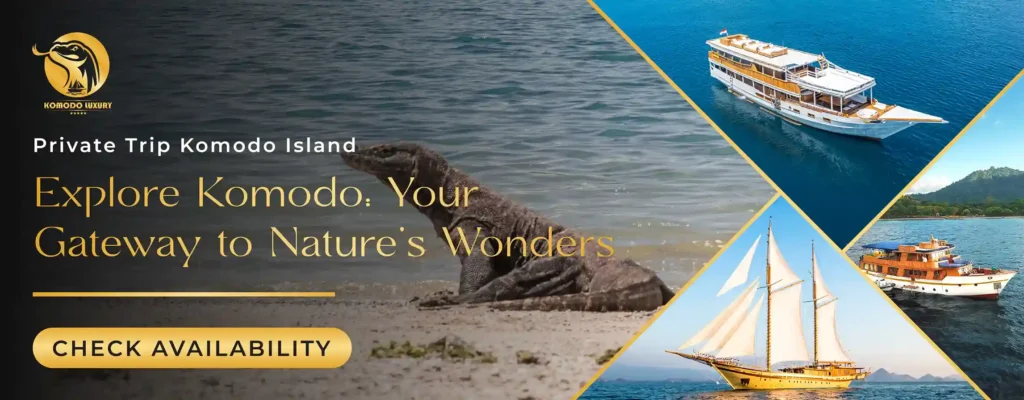
Conclusion
Wae Rebo warmly welcomes visitors and invites them to immerse in the locals’s simple lifestyle. This village is an ideal place for vacation. Suits you who want to get away from the hustle and bustle of the city. You can learn a traditional way of life, and enjoy its beautiful scenery. Also having the famous Wae Rebo robusta coffee with local people.
Ready to Explore the Beauty of Flores?
Should you want to explore more of Flores Island, besides Wae Rebo Village, Komodo National Park can be a choice for you to visit. Perfect for completing your journey in Flores Island, East Nusa Tenggara.
Related article: How to Travel to Komodo Island 2024 – Visit Komodo National Park
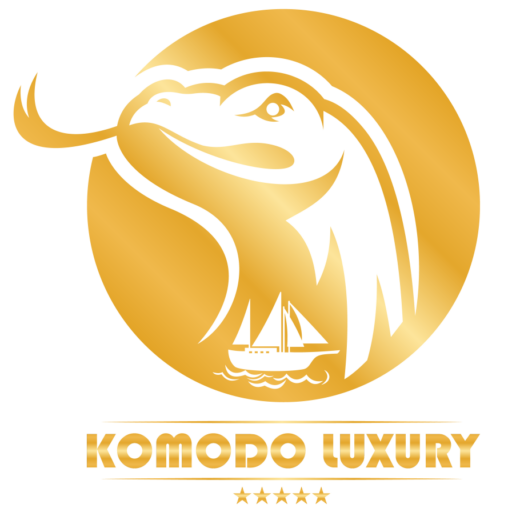






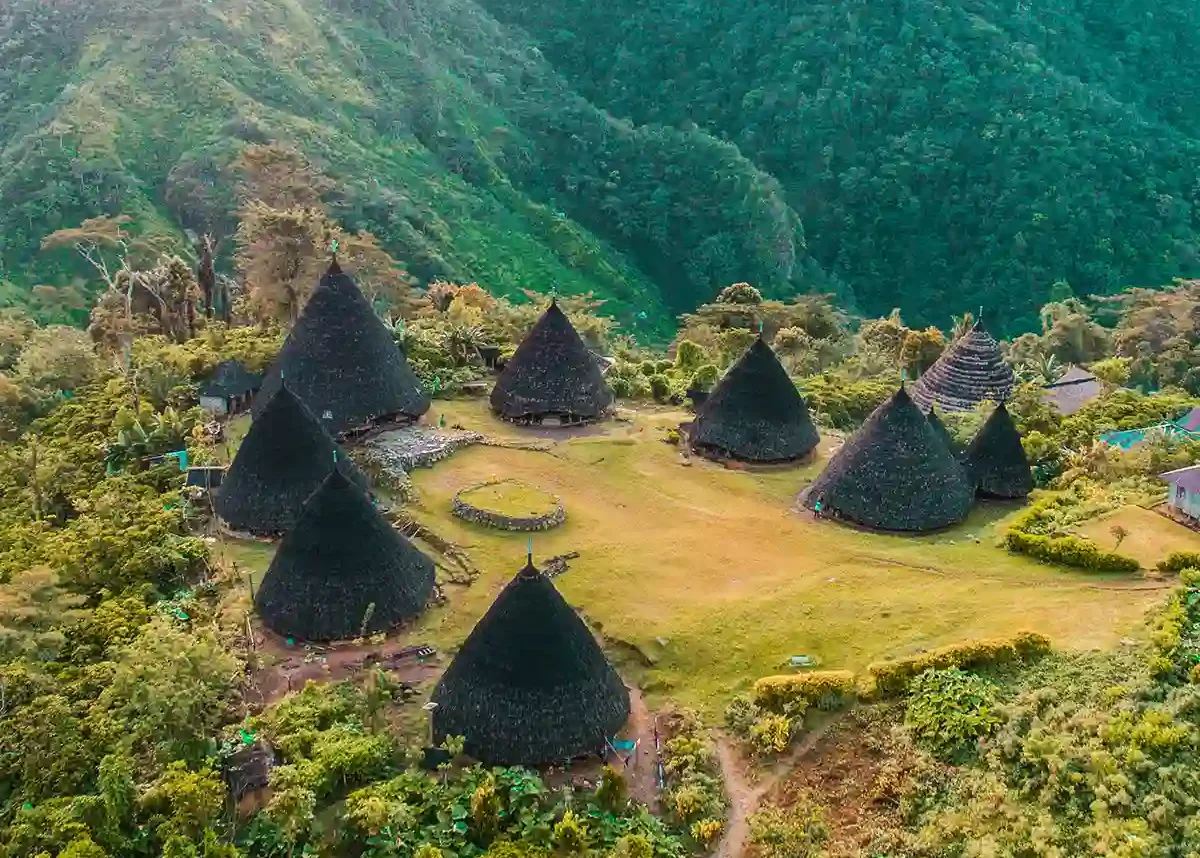
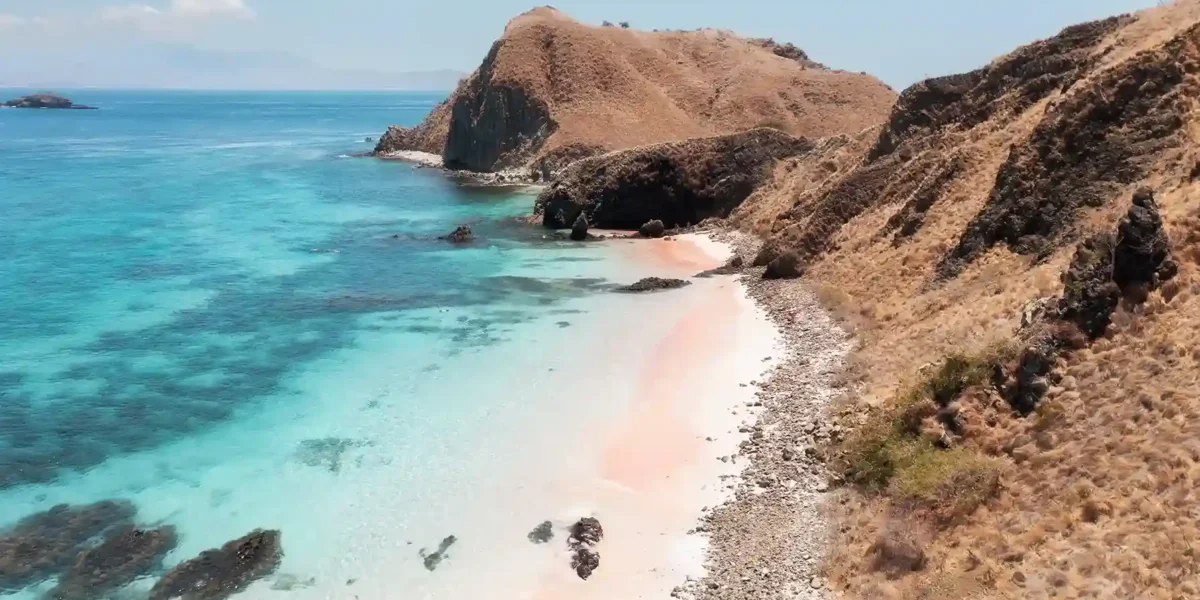
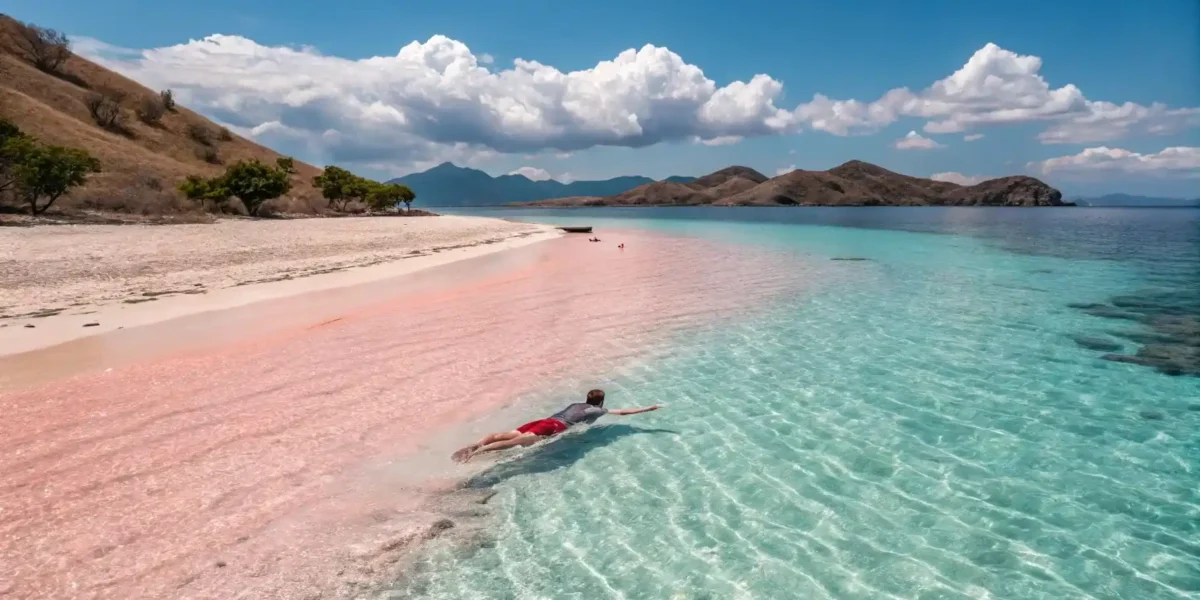

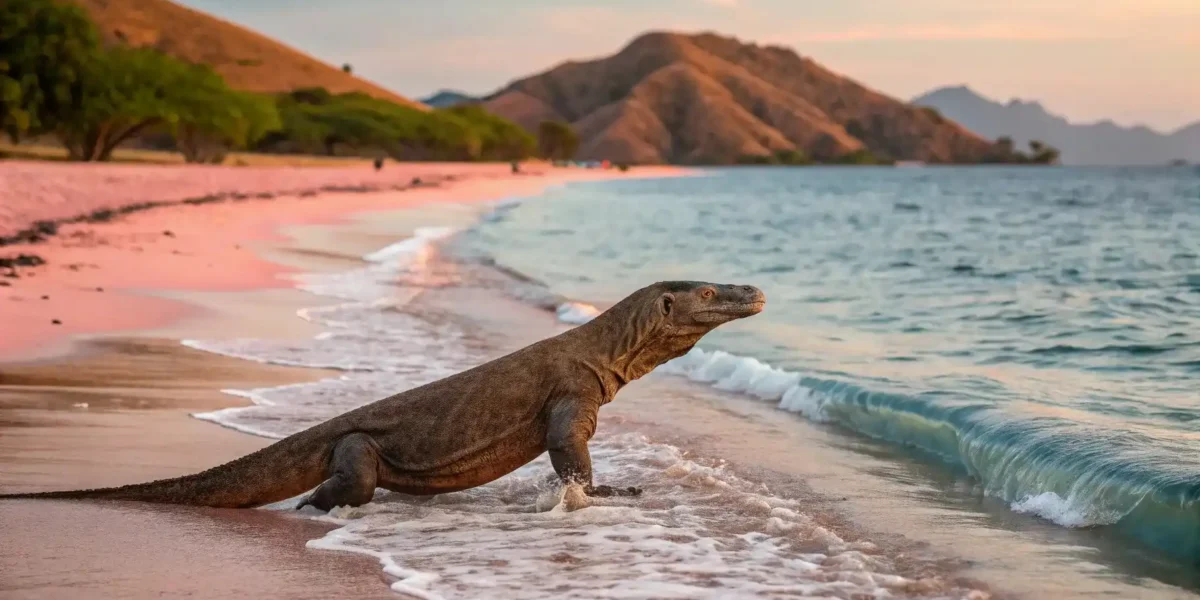

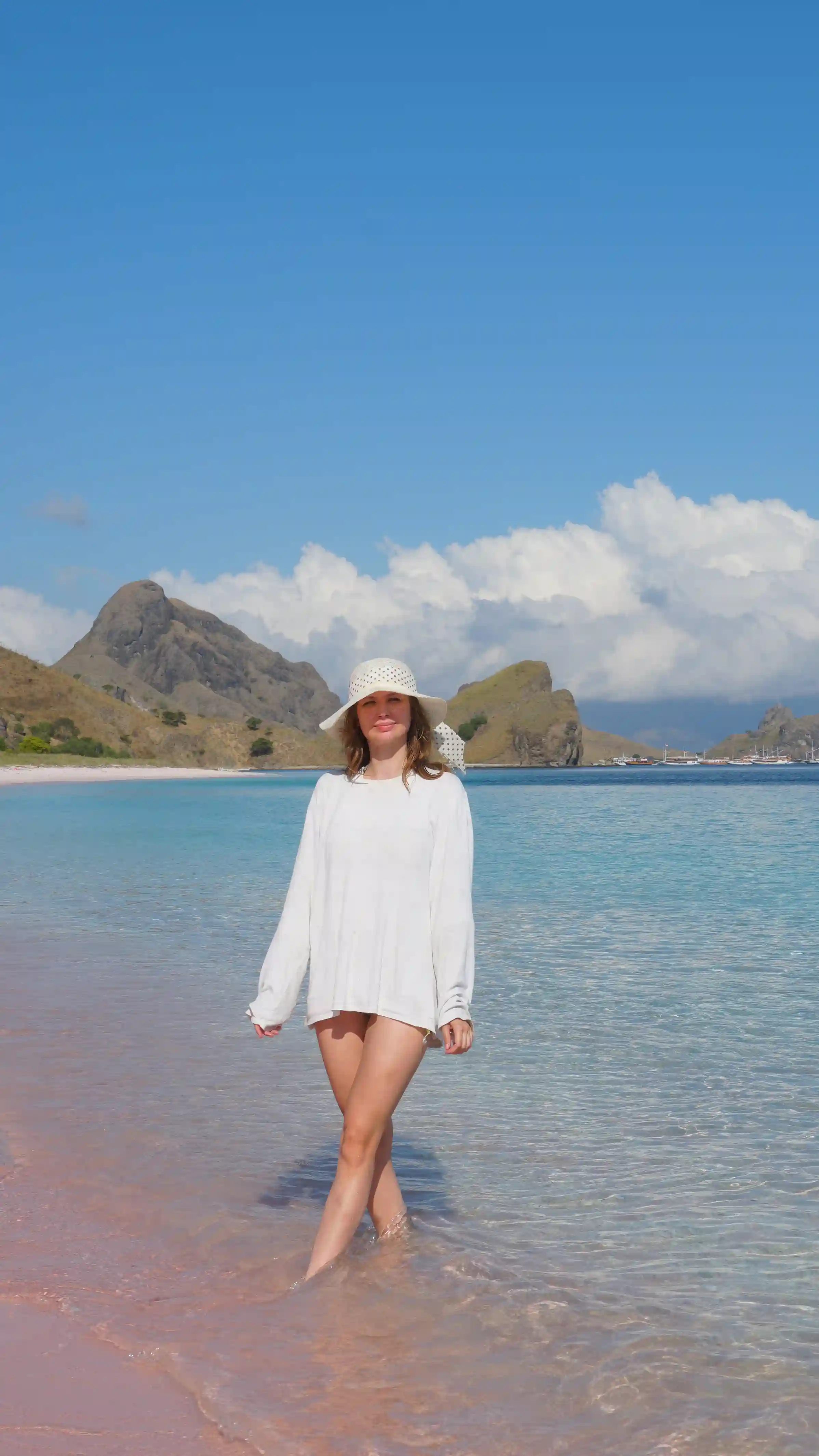
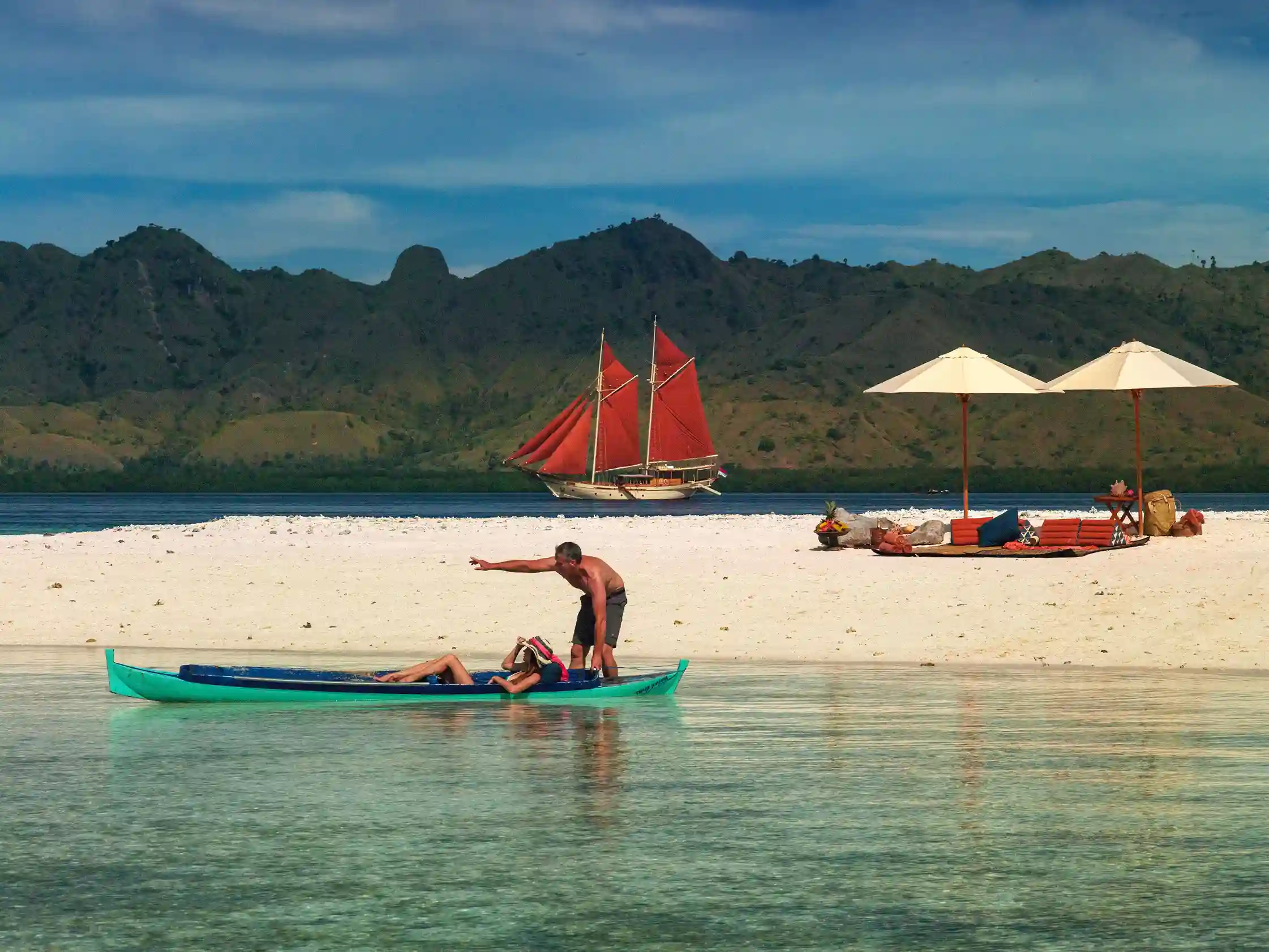
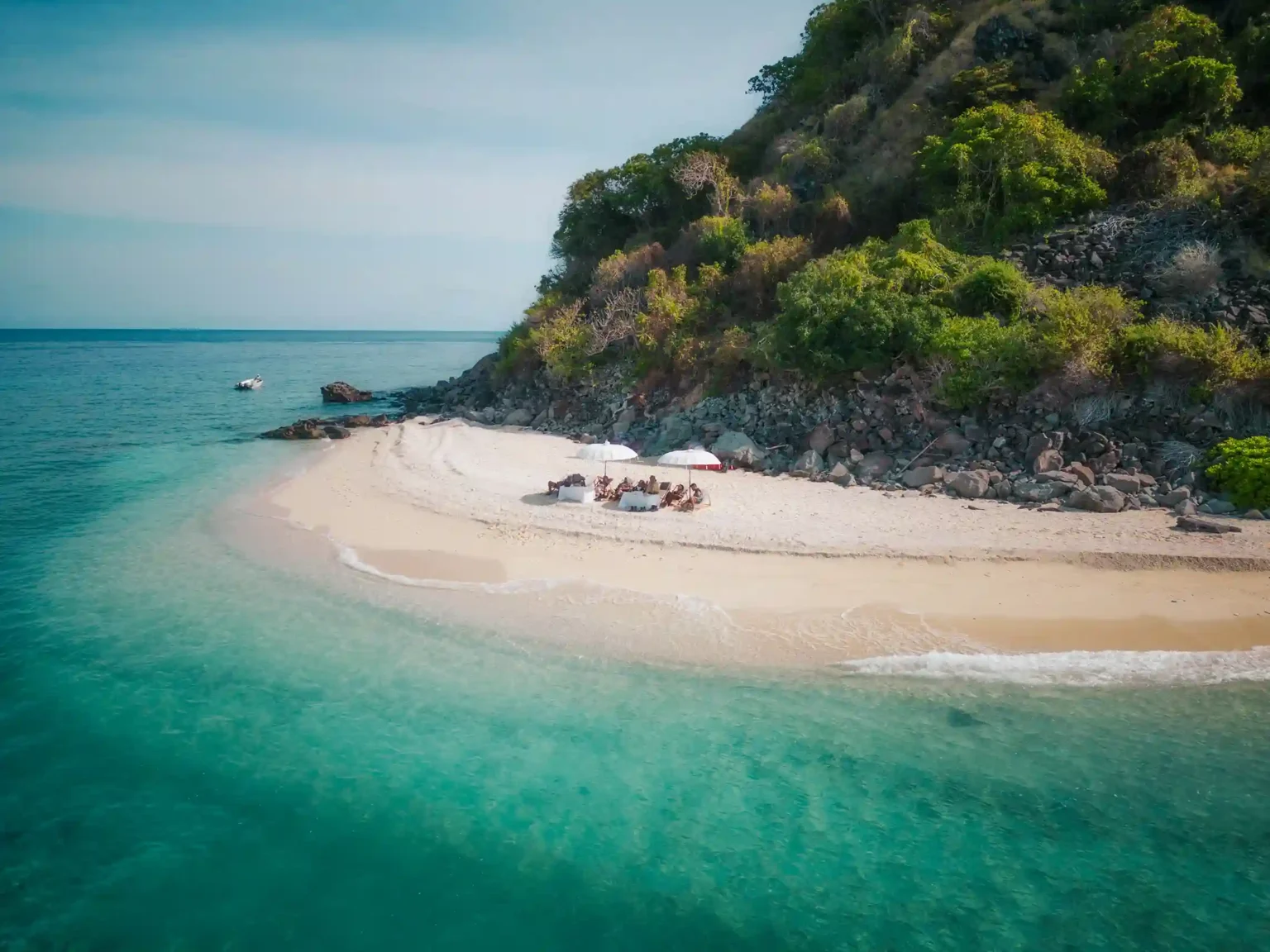

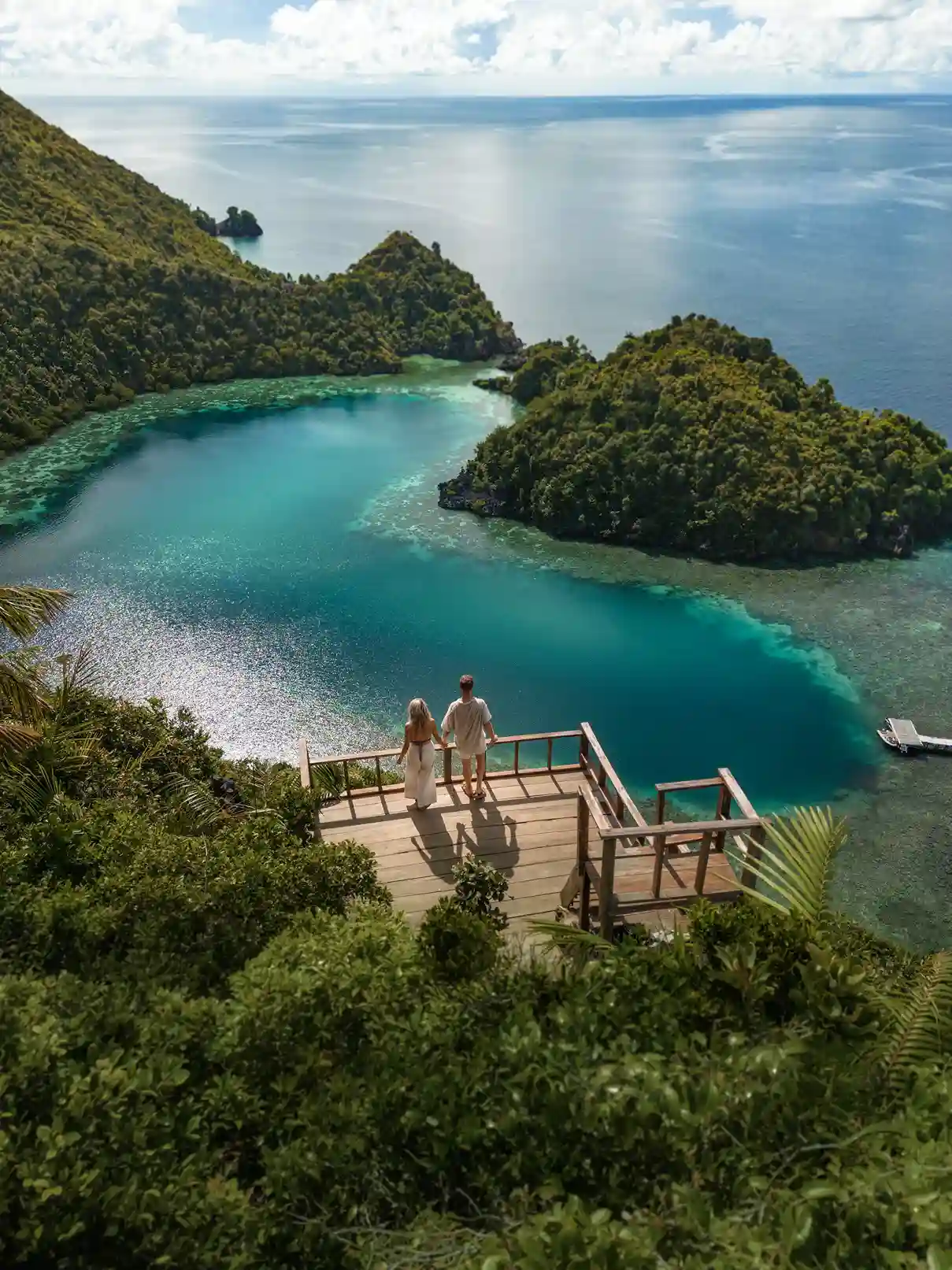





I would like to book this Friday 9.7.24
Hello Sharbjit kaur,
Thank you for your interest.
Do not hesitate to contact Us, so We can help you create the most memorable experience

Our contact details,
e-mail: sales@komodoluxury.com
phone or WhatsApp: +62 811 3823 875
or just click our WhatsApp Button in the bottom right corner
Best regards,